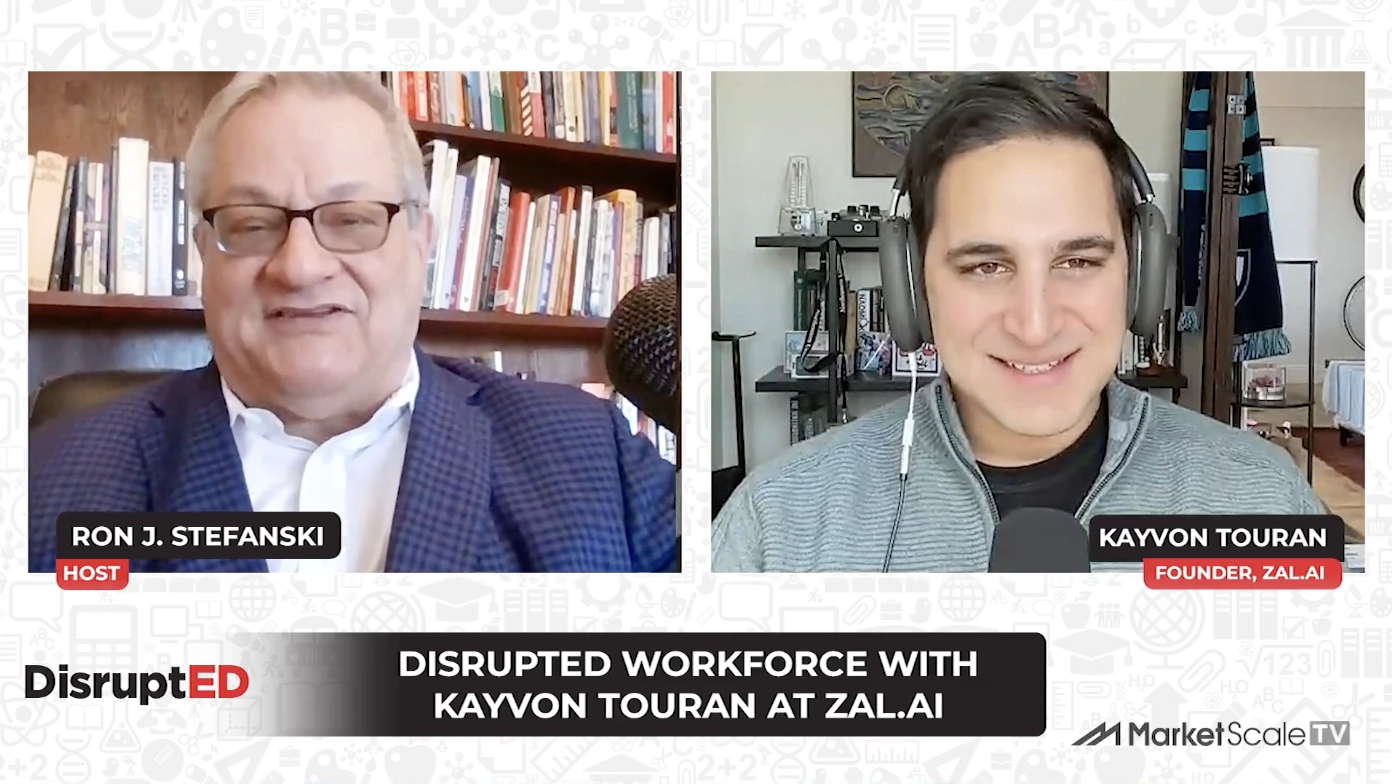As technology continues to evolve, the job market is undergoing a period of transformation. Artificial intelligence (AI) is driving this change, leading to a significant skills gap in various industries. This has prompted businesses to reevaluate their traditional path from education to employment, and many are turning to AI tools like machine learning to streamline operations and improve workforce development strategies.
In response to this shift, companies are exploring new approaches to learning and development (L&D). This week on DisruptED, host Ron J Stefanski talks with Kayvon Touran, CEO and Co-founder of Zal.ai, about the role of AI in workforce development and how organizations are navigating L&D challenges.
Touran and Stefanski discuss the ways in which AI can enhance skills development by providing better measurement and verification methods. They also explore the challenges that businesses face in aligning company goals with individual career aspirations, and potential solutions for bridging this gap. In addition, they touch on the future of AI in L&D, envisioning how platforms like Zal.ai can revolutionize traditional learning models to better meet the needs of employees.
Kayvon Touran is an experienced entrepreneur who co-founded Zal.ai with Stephen M. Kosslyn and Joseph Rousseau after his successful work at Noodle demonstrated his ability to merge technology with user-centric solutions. Zal.ai’s goal is to use AI to create a more transparent and engaging method for employees to track and advance their career skills, ultimately transforming the way companies approach workforce development.
As companies continue to adapt to these changes in the job market, it’s clear that L&D will play an increasingly important role in helping employees stay competitive and achieve their career goals. With innovative solutions like Zal.ai leading the way forward, it’s exciting to imagine what the future holds for this rapidly evolving field.



